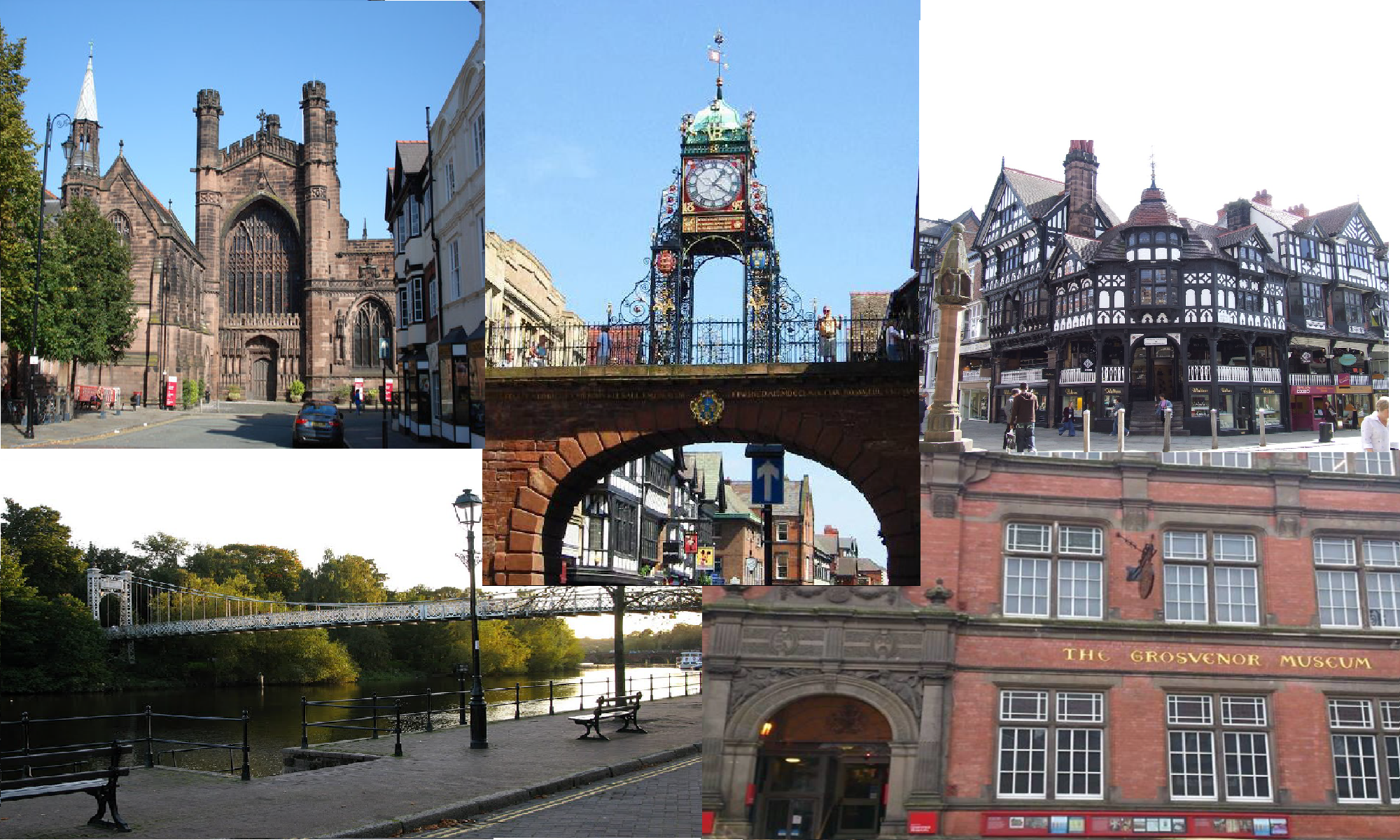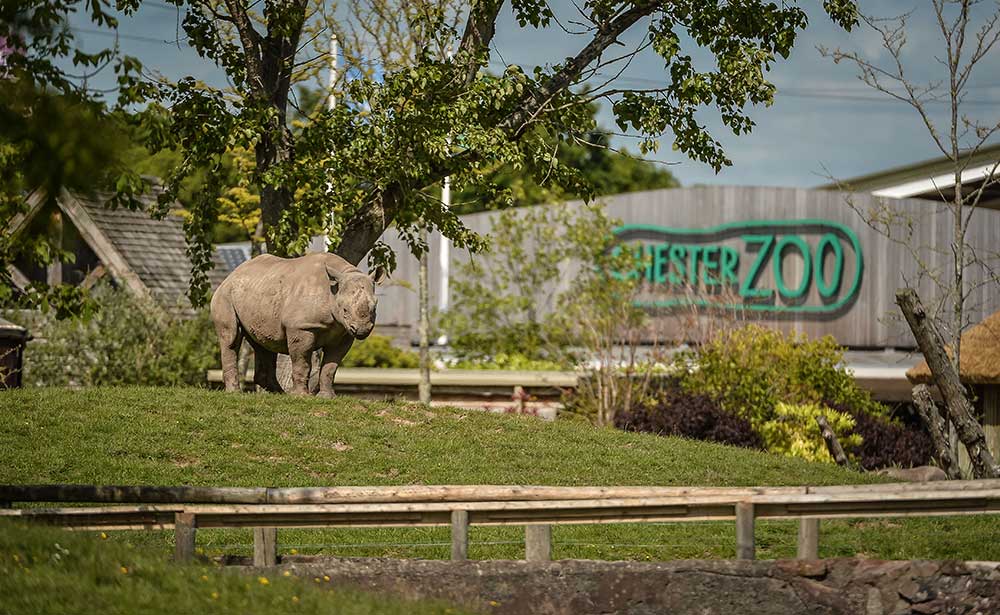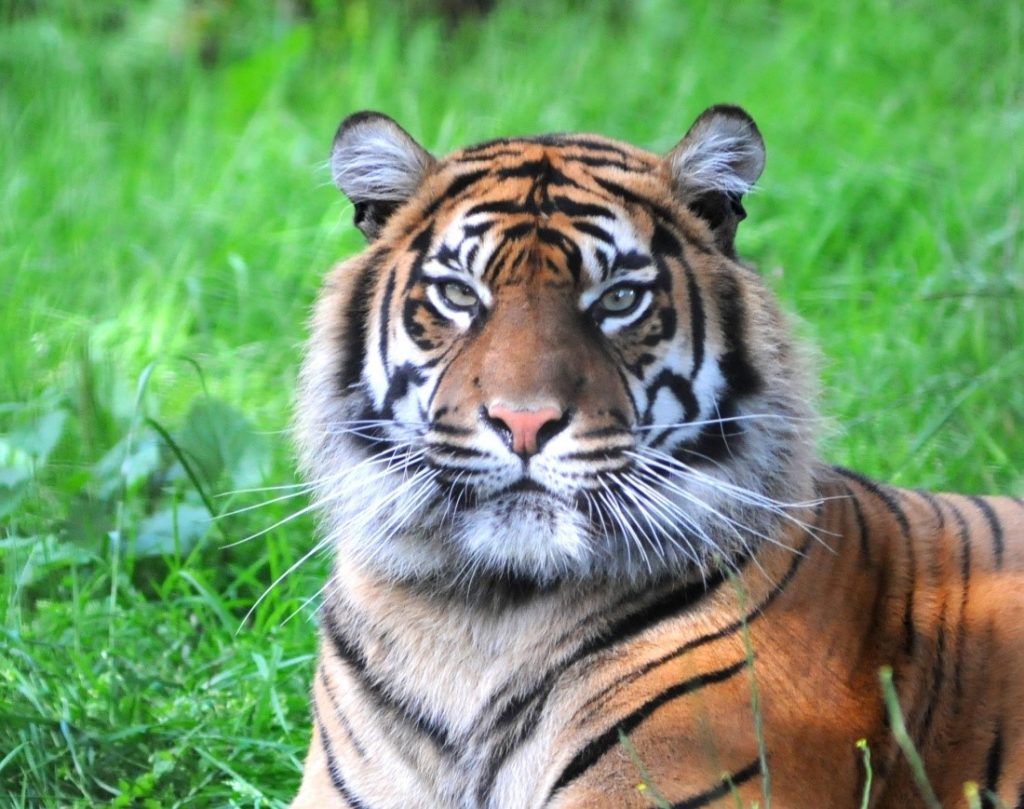October 3rd 2019
Penny Rudd,the Registrar and Internships Coordinator and long standing member of the Chester Zoo staff will give an illustrated talk about the Chester Zoo entitled Chester Zoo, Past and Present. The talk will cover the zoo’s beginning in 1931 when its founder George Mottershead realised his boyhood dream of creating a zoo without bars right up to the present day zoo with its multimillion pound developments and a rating as one of the best 15 zoos in the World and Britain’s top visitor attraction outside London, with nearly 2 million visitors a year.
The History of Chester Zoo
Back at the turn of the twentieth century, a boy named George Mottershead was taken to a zoo in Manchester. What George saw that day inspired him to do something different.
Determinedly he told his father: ‘When I have a zoo, it won’t have any bars.’George never forgot that day, or the vow he made. In 1930, now grown up and with a family, he bought Oakfield house and seven acres of land for £3,500. And with him, he brought a group of animals from a zoo at Shavington, near Crewe… the first animals of Chester Zoo.
The zoo opened in 1931, and in 1934, the North of England Zoological Society was born. Keeping the young zoo open through the Second World War was no mean feat. But George did it. (As you can tell, he wasn’t one to give up easily.)
With the war over, the zoo began to grow – fast. One of the zoo’s slogans back then was, ‘Always building.’ George’s amazing energy, enthusiasm and skill earned him an OBE, and honorary Master of Science degree, and a term as President of the International Union of Zoo Directors.
George Mottershead in the Tropical Realm
By the time he died in 1978, aged 84, George’s dream of a ‘zoo without bars’ was well and truly flourishing at Chester.
How amazed and proud he’d be today, to see the huge estate we have now – in total, about 500 acres. The zoo itself takes up a massive 125 acres – more than ten times the size of that first bit of land George bought in 1930!
There are now 170 buildings at Chester Zoo, from the animal exhibits to the shops, restaurants, toilet blocks and admin offices. Plus, of course, the original Oakfield house itself and stable block, which are both Grade II* listed.
We’ve had a long history here at Chester Zoo. It hasn’t always been easy (George had to fight opposition to his very first zoo in the 1930s). But we’ve always come through stronger than ever.
Today, we’re not only the UK’s most popular zoo, and one of the top 15 in the world; we’re also a highly respected centre for global conservation and research, and
All because one little boy cared deeply about animals, more than 100 years ago.
Stars of BBC One drama, Our Zoo, with a Bactrian camel in front of Oakfield House
The BBC One drama Our Zoo is based on the true story of how George Mottershead set up Chester Zoo
The Islands is a new attraction at Chester Zoo, with replicas of parts of south-east Asia, where visitors can get close to endangered species and even learn about conservation.
At Chester Zoo the main transport in The Islands is by boat photograph by Juliette Jowit.
The Islands is a new attraction at Chester Zoo, with replicas of parts of south-east Asia, where visitors can get close to endangered species and even learn about conservation.
Since ancient Egyptians put exotic animals on display, humans have been gawping at and studying species from far beyond their own habitats. Today’s zoos, however, need to do much more than offer freak shows or modern arks. To remain acceptable in the public eye they must embrace conservation and education.
Judged by these modern standards, Chester Zoo, in the north-west of England, can lay claim to being one of the best. It is also widely respected for its breeding programmes and conservation work in the native countries of species it exhibits.
Now it is expanding again, opening six small replicas of islands in south-east Asia – a species-rich and diverse region but one also undergoing systematic devastation of its biodiversity from hunting and destruction of habitats. For this reason, some species are the subject of breeding programmes at the zoo and in their native countries. Another feature that makes these islands so fascinating is that the animals have evolved into entirely separate species – many unique. Such distinctions helped form the evolutionary theories of pioneering British naturalist Alfred Wallace.
One of the Zoo’s rare Sumatran Tigers, part of an International breeding programme.





